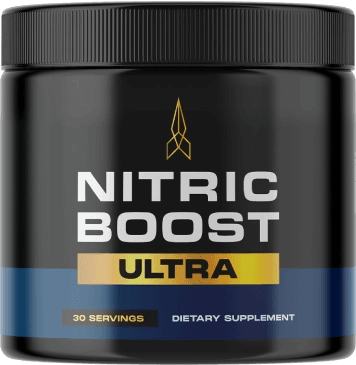Building an effective workout routine can seem overwhelming with countless options, conflicting advice, and busy schedules. But a simple, personalized plan is the key to long-term success and enjoyment in fitness.
This article breaks down the essential steps to design a workout routine tailored to your goals, lifestyle, and preferences.
🎯 Step 1: Define Your Fitness Goals
Before you plan anything, get clear on what you want to achieve.
Common goals include:
- Weight loss or fat loss
- Build muscle or strength
- Improve cardiovascular fitness
- Increase flexibility or mobility
- Enhance sports performance
- Manage stress and improve mental health
Your goal influences the type of workouts, frequency, and intensity.
🕒 Step 2: Assess Your Current Fitness Level and Schedule
Be honest about your starting point and time availability. This will help create a realistic routine.
- How many days per week can you commit to exercise?
- How much time can you dedicate per session?
- Do you have any injuries or health conditions?
- What equipment or space do you have access to?
🏋️♀️ Step 3: Choose Your Types of Exercise
A balanced program typically includes:
- Strength training: Builds muscle, boosts metabolism, and tones your body
- Cardio: Supports heart health, burns calories, and improves endurance
- Flexibility/mobility work: Enhances movement and prevents injury
- Rest and recovery days: Essential for muscle repair and avoiding burnout
📝 Step 4: Decide on Workout Frequency and Duration
For most beginners, aim for:
- 3–4 workout days per week
- 30–60 minutes per session (including warm-up and cool-down)
Remember, consistency is more important than intensity early on.
🔄 Step 5: Structure Each Workout
A simple, effective session includes:
- Warm-up (5-10 minutes): Light cardio, dynamic stretching
- Main workout (20-40 minutes): Strength or cardio exercises
- Cool-down (5-10 minutes): Stretching, deep breathing
🏋️♂️ Step 6: Sample Weekly Routine for Beginners
| Day | Focus | Example Workouts |
|---|---|---|
| Monday | Full-body strength | Bodyweight squats, push-ups, lunges |
| Tuesday | Cardio | Brisk walk, cycling, or jogging |
| Wednesday | Rest or active recovery | Yoga or gentle stretching |
| Thursday | Strength + cardio | Dumbbell circuit + 15-min cardio burst |
| Friday | Flexibility/mobility | Pilates or deep stretching |
| Saturday | Outdoor activity | Hiking, sports, or recreational biking |
| Sunday | Rest | Relax and recover |
⚖️ Step 7: Progress Gradually and Track Your Workouts
- Increase weights, reps, or time slowly to avoid plateaus.
- Keep a journal or use an app to track progress.
- Celebrate small victories to stay motivated.
🚫 Step 8: Avoid Common Mistakes
- Trying to do too much, too soon
- Skipping warm-ups or cool-downs
- Ignoring rest days
- Comparing yourself to others
- Neglecting proper nutrition and hydration
💡 Final Tips
- Choose exercises you enjoy to stay consistent
- Mix it up to avoid boredom
- Listen to your body and modify if needed
- Seek professional advice if uncertain or dealing with injuries




